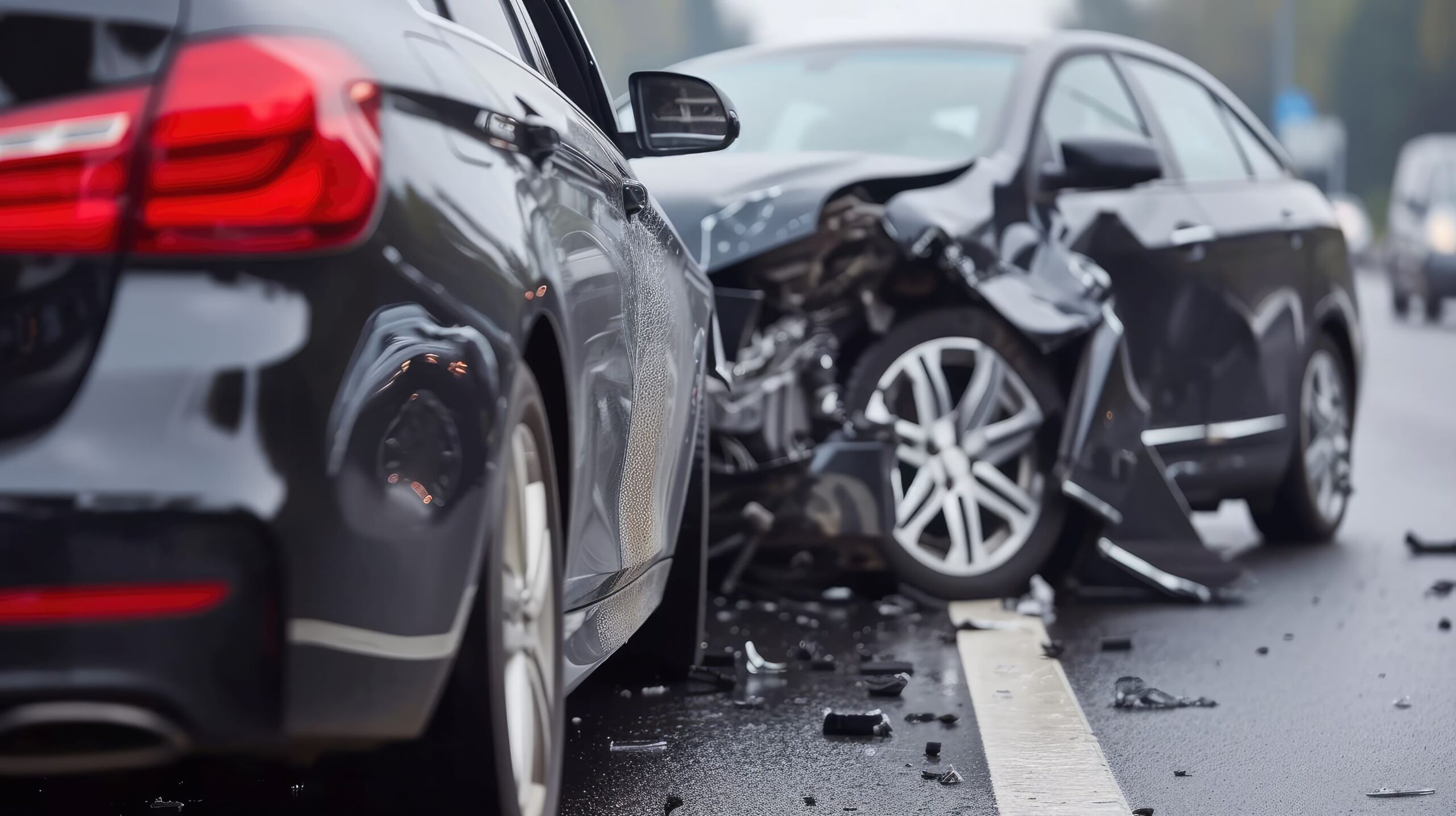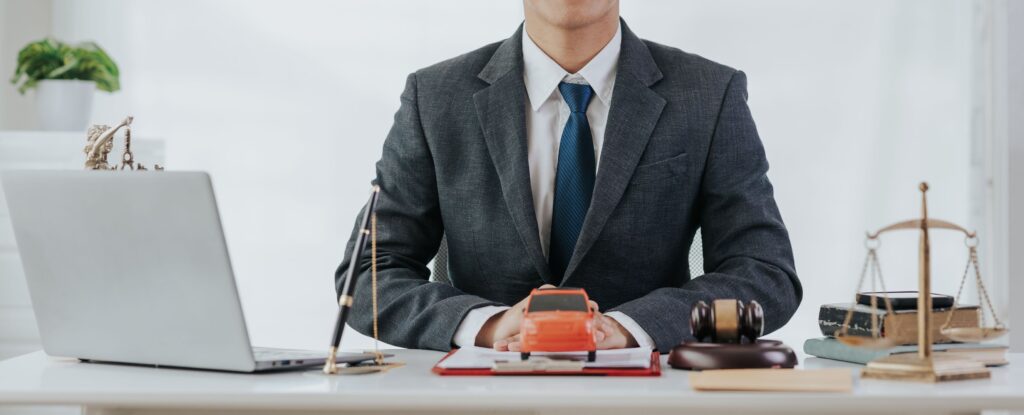Determining liability in a car accident involves a complex interplay of facts, evidence, and laws that can significantly affect the outcome of both insurance claims and legal proceedings. Establishing who is at fault is critical as it determines who is financially responsible for damages and injuries resulting from the accident. But how is liability determined in a car accident?
Here are the key factors and considerations that play a crucial role in this process:
Understanding The Basics Of Fault And Liability
Liability in car accidents hinges predominantly on the concept of “negligence.” This legal principle implies that a party’s failure to exhibit the level of care expected of a reasonably prudent person under similar circumstances constitutes negligence. This evaluation is critical in assigning fault and responsibility for damages. The determination process typically examines several key aspects, such as the following:
- Duty of Care: Establish that the defendant owed a duty to the plaintiff to act with caution.
- Breach of Duty: Demonstrate that the defendant failed to fulfill this duty through action or inaction.
- Causation: Link the breach directly to the accident, showing that the defendant’s actions (or lack thereof) caused the incident.
- Damages: Prove that the plaintiff suffered actual losses or injuries because of the accident.
Understanding these elements is crucial for navigating liability issues in car accident cases.
The Role Of Evidence In Establishing Fault
The collection and analysis of evidence are paramount in determining who is at fault in a car accident. Some common types of evidence include:
- Police Reports: Often considered a primary piece of evidence, police reports can contain an officer’s assessment of the accident scene, details about the parties involved, and sometimes an initial determination of fault based on the officer’s investigation.
- Witness Statements: Testimonies from people who saw the accident happen can provide crucial details that may not be apparent from the physical evidence alone.
- Photographs and Video Footage: Images or videos captured at the scene can help reconstruct the accident and show details like road conditions, vehicle positions, and traffic signals.
- Physical Evidence: This includes any physical damage to the vehicles, skid marks, road signs, and other tangible evidence that can help indicate what happened.
On the other hand, in cases where the fault is particularly complex or disputed, consulting an aggressive car accident lawyer in Utah or similar locations can be essential in navigating the legal challenges and ensuring that the evidence is presented effectively.

Comparative And Contributory Negligence
In the U.S., most states implement a comparative negligence system that moderates the recovery based on the claimant’s share of fault in an accident. Under this rule, a party that’s partly at fault can still obtain compensation, though the amount is proportionately decreased according to their degree of fault. For instance, if a driver is deemed 30% at fault in an accident, they’re eligible to claim 70% of the total damages from the other party involved.
Conversely, a minority of states operate under a contributory negligence rule, which is considerably more stringent. In these jurisdictions, any degree of fault on the claimant’s part, even minimal, completely disqualifies them from receiving compensation. This rule underscores the importance of understanding specific state laws regarding fault and compensation after a car accident.
Traffic Laws And Violations
Traffic laws serve as fundamental guidelines for determining liability in car accidents. When a party violates a traffic law, such as speeding, running a red light, or illegal turning, it often leads to automatic fault designation, termed “negligence per se.” This legal concept simplifies the liability process by assuming that the breach of law itself constitutes negligence.
For instance, if evidence shows a driver blatantly ran a red light leading to a collision, this act alone can establish their liability for the accident. Consequently, proving a violation of traffic laws can decisively impact the outcome of fault determination and subsequent legal and insurance proceedings.
Role Of Insurance Companies
Insurance companies are pivotal in the initial stages of addressing car accident claims. Immediately following an accident, insurers begin an investigative process, gathering evidence from the accident scene, including photographs, vehicle damages, and police reports, along with statements from their insured parties and witnesses. These investigations are crucial for insurers to ascertain faults and decide on claim payments.
However, the findings of an insurance company are not definitive and can be contested. Parties dissatisfied with the outcome can challenge the insurer’s decision in the legal arena, where further scrutiny of the evidence and circumstances can alter the initial determinations.
The Impact Of State Laws
The impact of state-specific laws on liability and insurance claims post-car accident is profound. In “no-fault” states, for example, each driver’s insurance covers their injuries and damages without regard to who caused the accident, streamlining the process and limiting lawsuits except under severe circumstances.
Conversely, in “at-fault” states, the driver responsible for the accident bears the financial burden of all resulting injuries and damages. This distinction in state laws affects how claims are processed and influences the strategies drivers, and their attorneys might employ in seeking compensation or defending against claims. This highlights the necessity of understanding local legal landscapes.
Legal Assistance In Complex Cases
In complex cases, where the determination of fault is not straightforward, legal advice becomes indispensable. An experienced lawyer can help navigate the intricacies of accident reports, insurance claims, and state laws. They can also represent the injured party in negotiations with insurance companies or in court, if necessary.
Final Thoughts
Determining liability in a car accident is a multifaceted process that involves a thorough examination of evidence, understanding of applicable laws, and often, professional legal representation. By considering all these factors, car accident victims can ensure their rights are protected and that they receive fair compensation for their losses.

